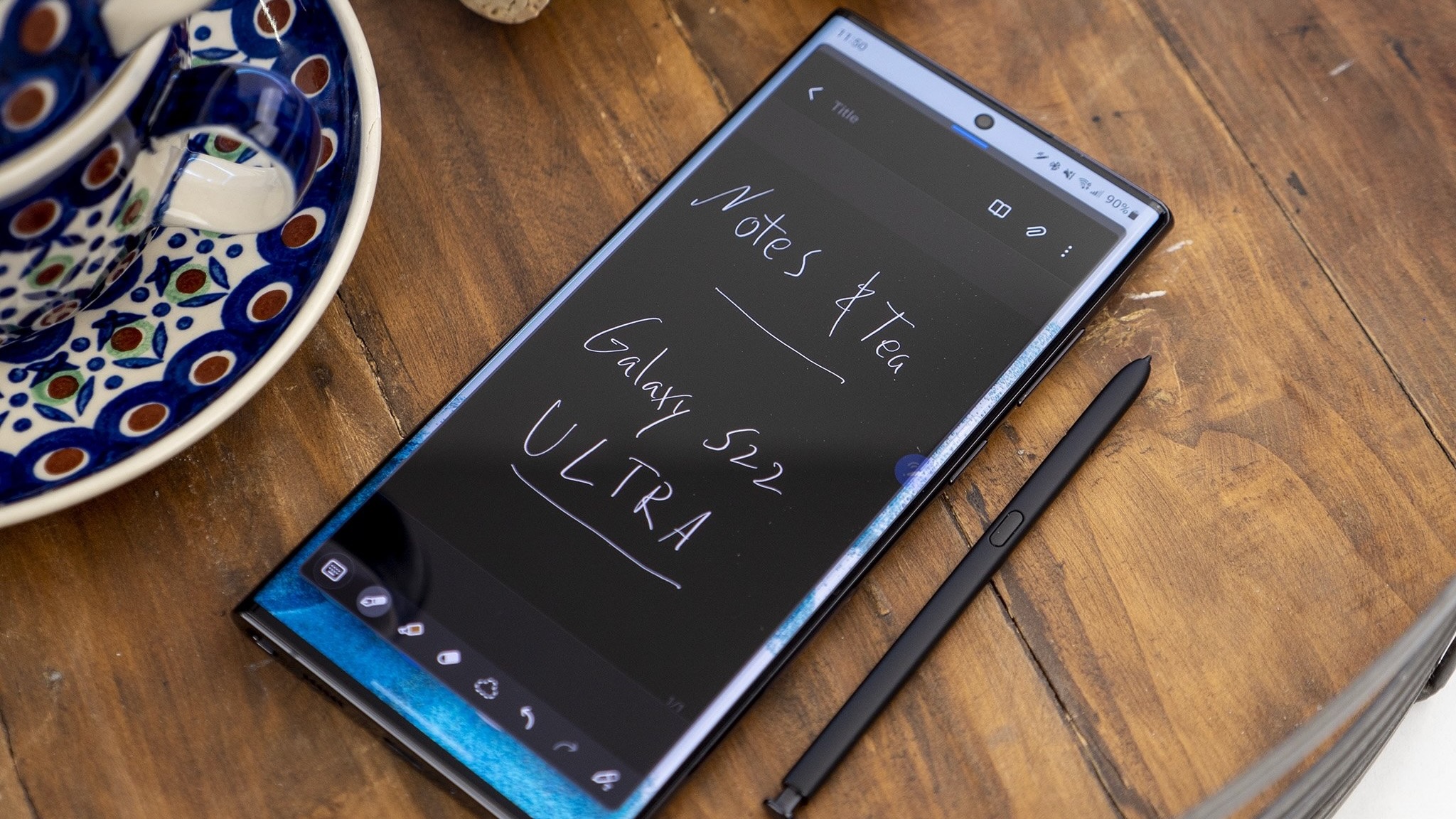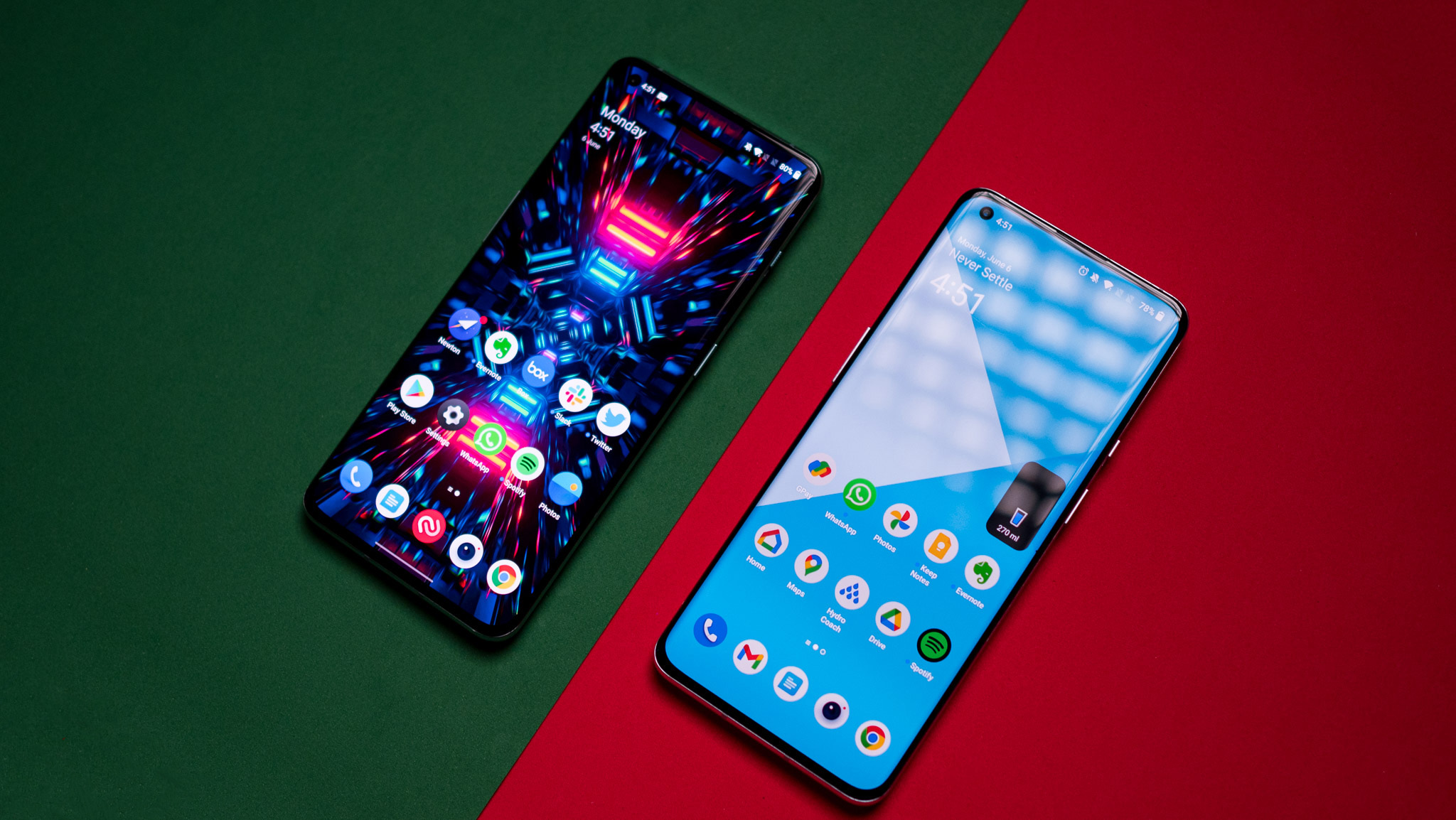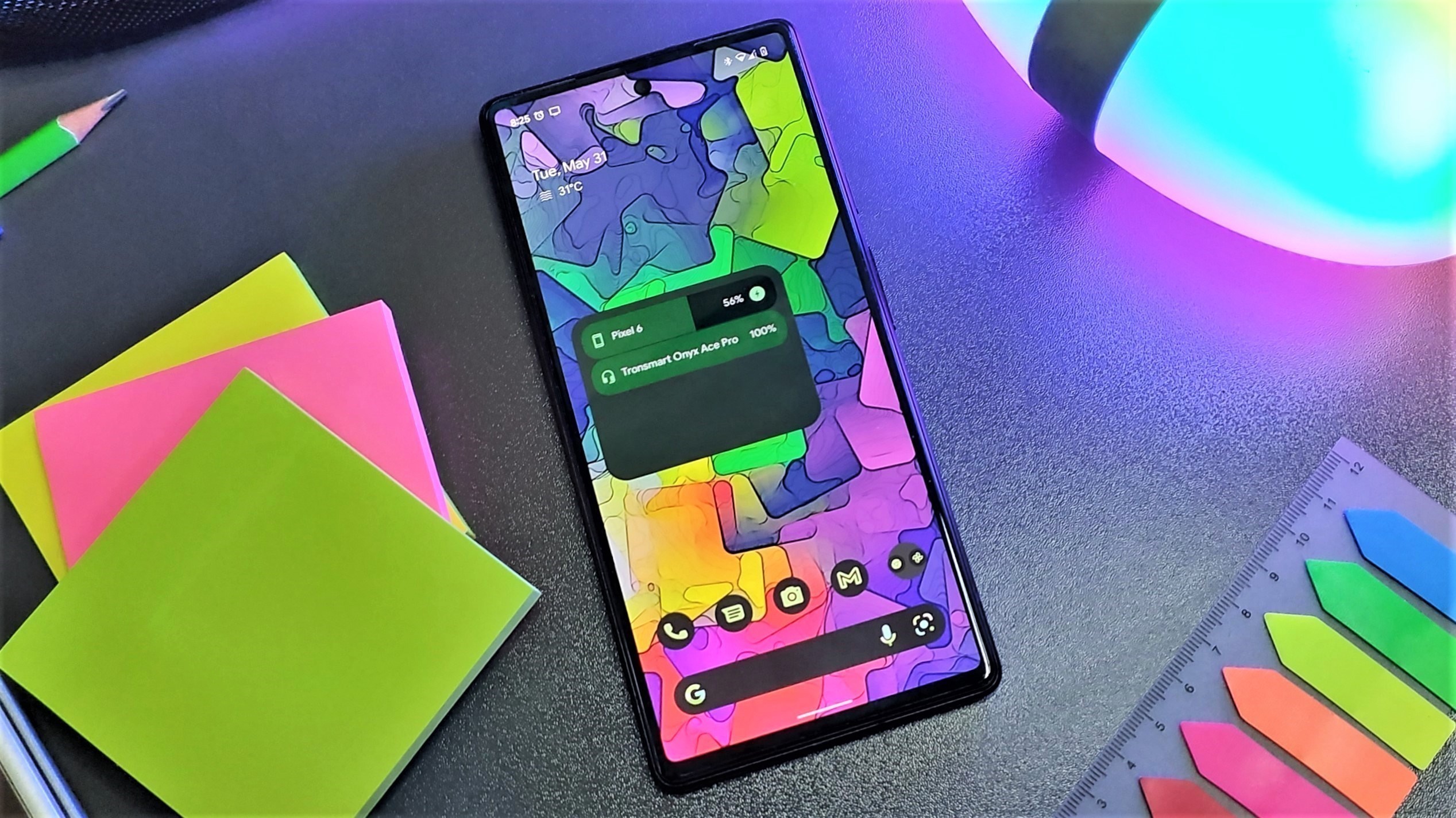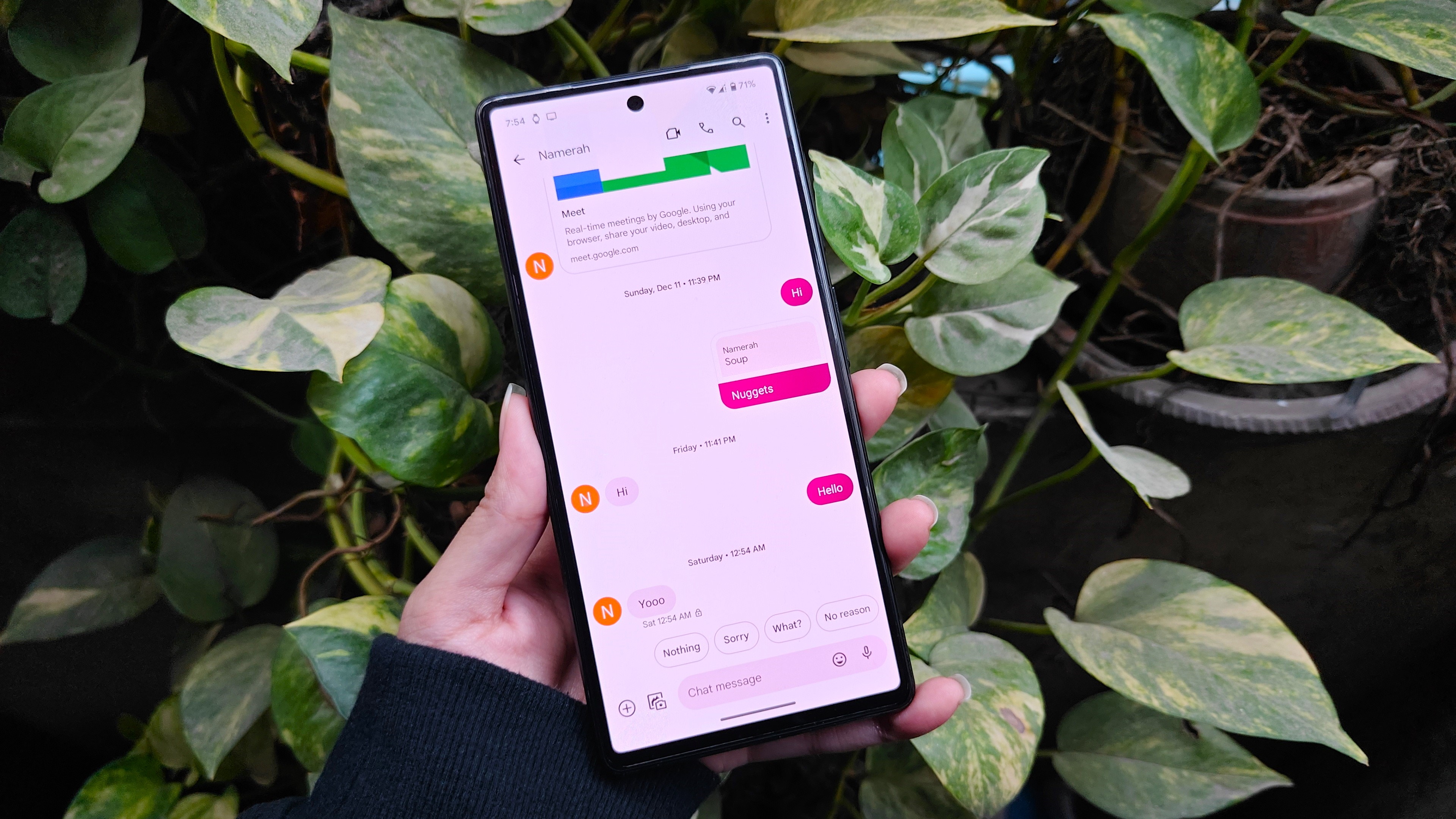How we test and review phones at Android Central
The best Android phone reviews on the web.

With so many phones on the market, how will you know which one is the best fit for you? You need to know who to turn to, of course. That’s why at Android Central, we have tried-and-true methods of testing Android phones to ensure quality reviews that tell you the information you need to know to make an informed decision.
Whether that means testing the battery by using the phone in normal ways — that means we don’t rely on benchmark programs to guide battery life claims solely — or seeing how well that fancy new camera stacks up to the competition, our goal is to use the latest Android phones in real ways to help you understand why a phone will actually work (or won’t) for your lifestyle. Labs are great, but we believe real life is even better.
Design and build quality
These days, most phones look pretty much the same. Most are the same tall, rectangular shape with a similar aspect ratio — that’s usually between 18:9 and 21:9 — so what is there to really differentiate between any of these devices? Often, it’s the types of materials that are used. Is this a “metal-and-glass-sandwich,” or is it a polycarbonate unibody design?
Does a phone have nice, rounded corners that feel good when you hold it, or are those corners boxy and uncomfortable to hold? How about the camera hump on the back? Some devices have a massive, side-aligned camera hump that makes the phone wobble on a table, while others try to avoid this annoying issue.
Of course, you also have to consider who the phone was built for. Phones that are designed specifically for gaming might have triggers built in to the side or an actual fan on the device to help deliver a more authentic gaming experience. Other phones might have a built-in stylus, while others may feature folding displays or other unique features. We recognize these phones aren’t something everyone would buy, and make sure you understand that, too!

Display
Display tech has advanced considerably in the last three years, and we're at a point where even budget phones have 90Hz or 120Hz panels. So when we're testing phones, we always set the display to its highest refresh rate and resolution. Our testing involves three metrics: color vibrancy, overall brightness, and dynamic refresh. We don't focus too much on Delta E scores or sRGB color gamut, but instead, we rely on how a screen feels in real-world use.
Therefore, we put phones through a series of day-to-day scenarios that include playing casual and visually-demanding games, scrolling through social media, and streaming video to gauge how it holds up for multimedia. We also test for DRM protection and see if phones have the requisite Widevine level for playing HD content on the likes of Netflix, YouTube, Prime Video, and other streaming services.
Be an expert in 5 minutes
Get the latest news from Android Central, your trusted companion in the world of Android
We also test for things that most people don't know about. For instance, did you know that a lot of phone displays don't actually get dimmer when you turn the brightness slider down? Instead, many phones use what's called PWM dimming to quickly turn the display on and off, fooling your eyes into thinking you're looking at a brighter or dimmer display. Some people can't use phones with this kind of dimming, so we test each one to ensure folks with with flicker disabilities know what to buy.
Performance
Innovation in the mobile semiconductor segment continues at a breakneck pace, with every year delivering sizeable gains in performance and efficiency. While we don't emphasize synthetic benchmark scores, we use a few tests to gauge qualitative performance across various chipsets and generations. These tests include Geekbench, 3DMark, and CrossMark.
A majority of our performance testing includes real-world use, and we turn to intensive games to see if a chipset can maintain visual fidelity while delivering a lag-free and smooth experience. Thermal management is the biggest issue affecting mobile SoC performance, so we test to see if a phone overheats during prolonged gaming sessions.
Our testing includes connectivity, so we measure Wi-Fi and 5G throughput to see if a phone delivers speeds as advertised. We also test Bluetooth reliability by connecting phones to a plethora of wireless earbuds, measuring connection range and stability.

Battery
Thanks to more efficient mobile chipsets and larger batteries, most phones these days last an entire day with ease. While there are testing suites designed to run a battery down and deliver usage figures, we believe the best way to test battery life is by using the phone as you would.
That’s why our battery testing involves using the phone as our daily driver and gauging how much screen-on-time it delivers. We break down what that daily usage entails — whether it’s gaming, streaming videos, or scrolling through social media — to give you a comprehensive overview of the battery life you can expect from the device.
We have a similar methodology for testing charging standards. If a phone comes with a bundled charger, we use that to measure how long it takes to fully charge the device when connected to a wall outlet. For phones that don’t have a charger, we use the manufacturer-recommended option. So if a phone can charge up to 45W over USB PD, we test it with a PD charger that can deliver that amount of power.
We drain the battery to zero before starting and use a USB power meter to ensure that the phone is getting the voltage as indicated by the manufacturer. We then measure two metrics: how long it takes to get to 50% and the amount of time taken for a full charge.

Cameras
Phones these days have an array of cameras and rely heavily on machine learning algorithms to deliver stunning photos in challenging situations. We test cameras in a wide variety of environments to measure how they hold up to demanding scenarios, and we compare those results to other phones in the same category.
We don't install GCam or third-party alternatives for testing the camera. Instead, we use the manufacturer's stock camera app — so the images and videos we take are indicative of what the phone is capable of in your hands.
We test all available shooting modes and auxiliary cameras to deliver qualitative results of the overall imaging system and share detailed notes of our findings. We don't just say that the latest flagship is better than its predecessor; we show you just how much of an improvement there is between generations.
At the end of the day, overall camera quality is often the determining factor when upgrading to a new phone, so we test cameras extensively to help you make an informed decision.
Assigning a score
The final score is an aggregate of all metrics, including the display, performance, battery life, cameras, and software updates. Value is also a key factor, so we take pricing into account and gauge whether a phone gives you good value for what you're paying or if it's too expensive.
Phones that get a score of 4 out of 5 have a high-quality display, top-tier performance, battery life that lasts all day, cameras that take great photos in any situation, and at least two guaranteed Android version updates. Devices that get 4.5 out of 5 are usually the best in their class, delivering unique features and long-term software updates.
For more information about our review awards and our team of reviewers, be sure to have a look at our broader guide on how we test and review on Android Central.
